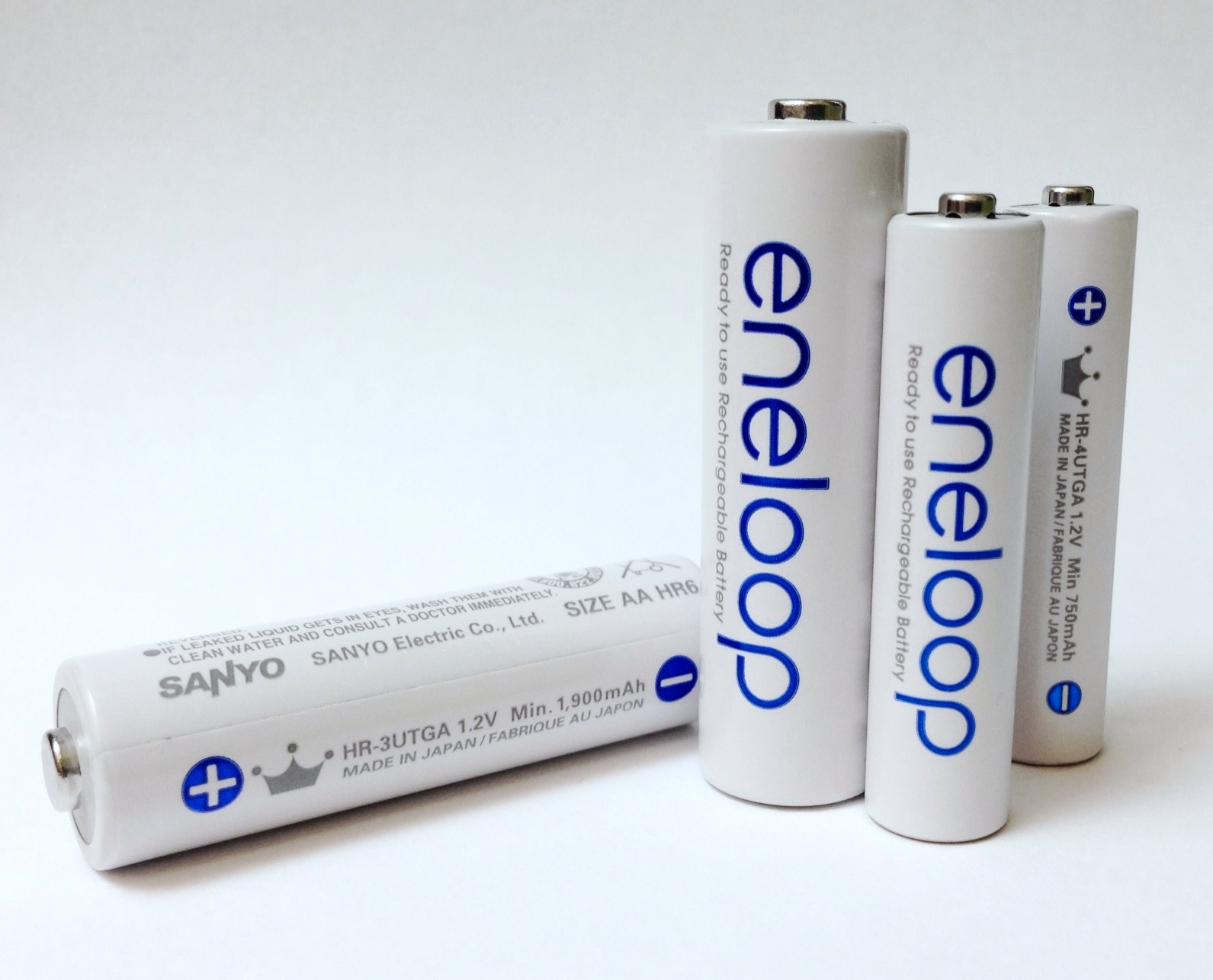At present, there are five main types of rechargeable batteries that are commonly available for use in place of disposable batteries in electronic equipment. Each has its advantages and disadvantages, but for most uses at least one type can be counted on to save money and preserve the environment when used to replace a typical single-use battery.
- Nickel-Cadmium (NiCad) Batteries
Still synonymous with rechargeable batteries among older users who remember when these were the only rechargeable batteries available, NiCad batteries are rarely sold due to restrictions on poisonous cadmium that is used in their manufacture. However, NiCad batteries are still in use for low-drain applications, even if users are being forced to replace them once they no longer hold a charge.
- Nickel-Metal Hydride (NiMH) Batteries
The earliest successors to NiCad batteries, these commonly used and relatively inexpensive batteries are also the batteries that power most hybrid and electric vehicles. They can be relied on for most applications, but older batteries which have problems with self-discharge should never be used in smoke detectors as they can suddenly run out of power and leave you unprotected.
- Nickel-Zinc (NiZn) Batteries
One of the newest types of rechargeable batteries for consumers, NiZn batteries are recommended for high-drain applications such as flashlights and outdoor equipment. The AA size NiZN batteries produce 1.6 volts which is higher than the voltage of disposable batteries as well as of NiMH batteries, which allows for better performance in motorized and light emitting equipment.
- Lithium Ion (Li-ion) Batteries
Li-ion batteries are sold as replacements for camera batteries, and they are also the most common batteries used in laptop computers. Because they are easy to manufacture in different shapes, they are becoming the standard for use in personal electronics, and a built-in battery protection circuit keeps the battery operating safely and prevents overcharge.
- Rechargeable Alkaline Batteries
Less common than other types of batteries, rechargeable alkaline batteries are similar to single-use alkaline batteries but have a chemical composition that allow them to be recharged. They are best used in low-drain applications, but once charged they are known to hold their charge for longer than other types of rechargeable batteries. This makes them ideal to have available for backup or emergency use.
In general, using rechargeable batteries of any of these types is highly recommended, but batteries should be periodically tested when not in active use to make sure that they have not discharged. In addition, when replacing NiCad batteries with more modern batteries, it is best to buy a new charger as well.
